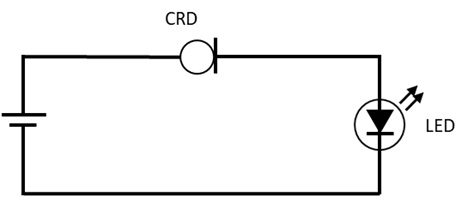Figure 1 Example of circuit for stabilizing LED luminance

(1) Select a CRD with a pinch-off current (Ip)hat matches the current value that the connected LEDs can carry
(2) Select a CRD whose CRD both-end voltage VCRDwhen the LED is ON satisfies the following
CRD knee point characteristics Vk< VCRD < operating voltage Vmax
As an example, let us calculate VCRD for the circuit example in Figure 1 and the following component conditions.
LED forward voltage(Vf)DC power supply 9V, CRD S-183T(Vk 4.6V、Vmax 40V)
VCRD = DC power supply voltage – LED forward voltage = 9V-3V = 6V,
Vk 4.6V < VCRD 6V < Vmax 40V
The calculation shows that the CRD both-end voltage satisfies (2).
Please select a CRD from our CRD catalog that satisfies the above conditions (1) and (2).
Please also refer to the following precautions when using CRDs, and evaluate and verify with the actual device before actually using CRDs.。
- – CRDs have polarity, so please be careful about the direction of connection.
The reverse direction of the CRD corresponds to the forward direction of the rectifier diode. The allowable current is 50 mA.
- – Use CRDs within the range where the voltage between terminals does not exceed the maximum operating voltage.
If the operating voltage is insufficient, there is a way to expand the applied voltage by using CRDs in series.
- – The power applied to the CRD should not exceed the rated power.
The power rating should be derated according to the ambient temperature.


